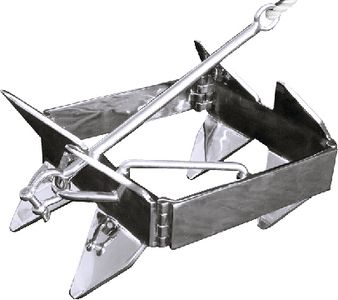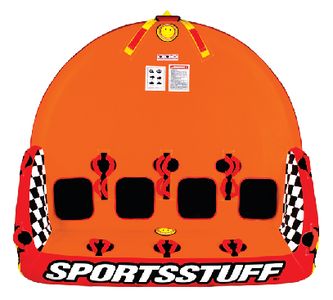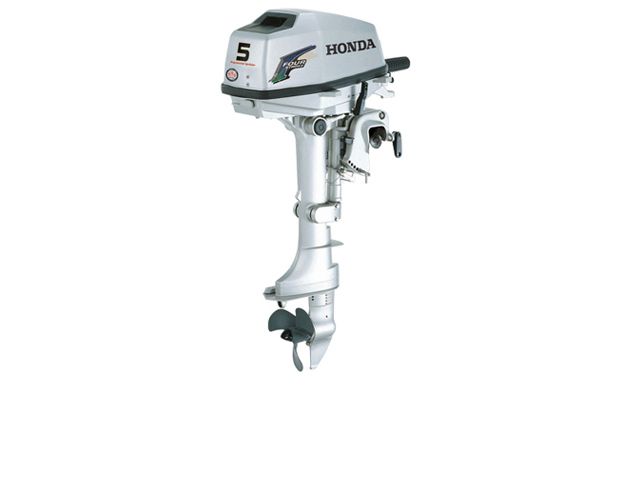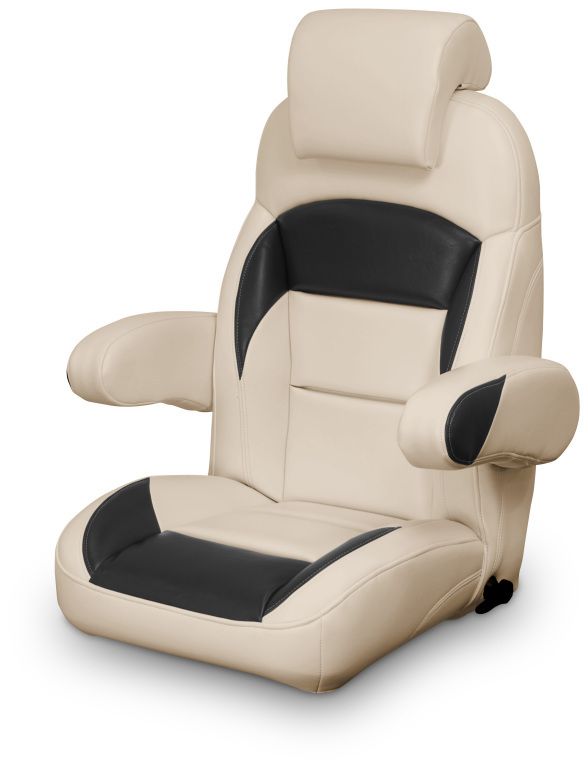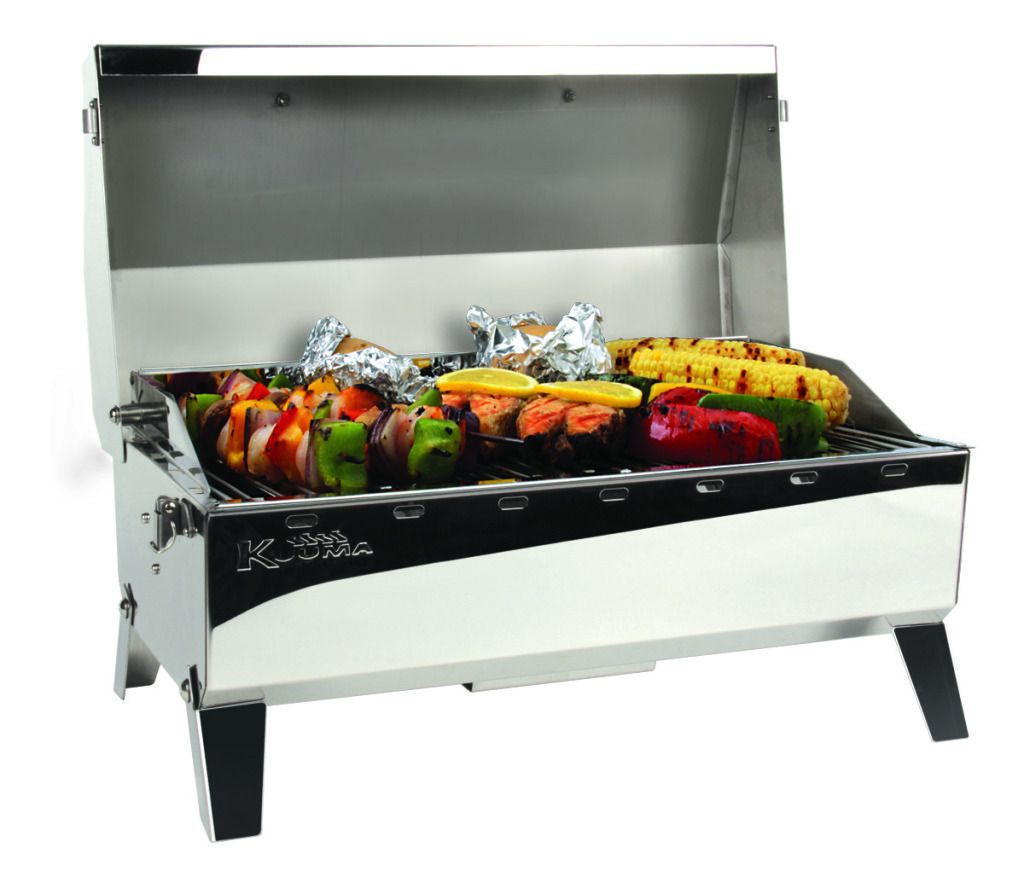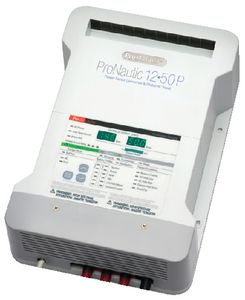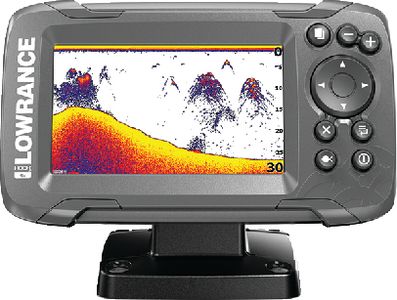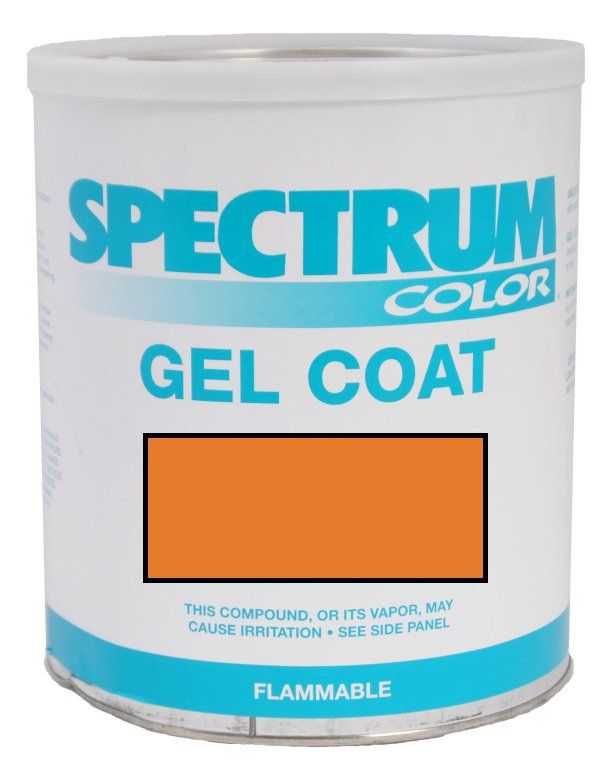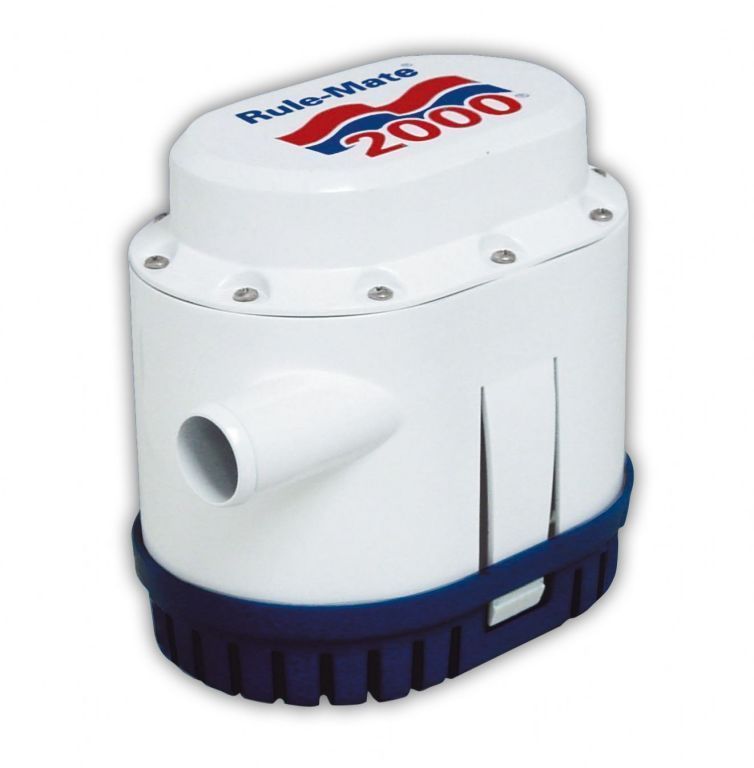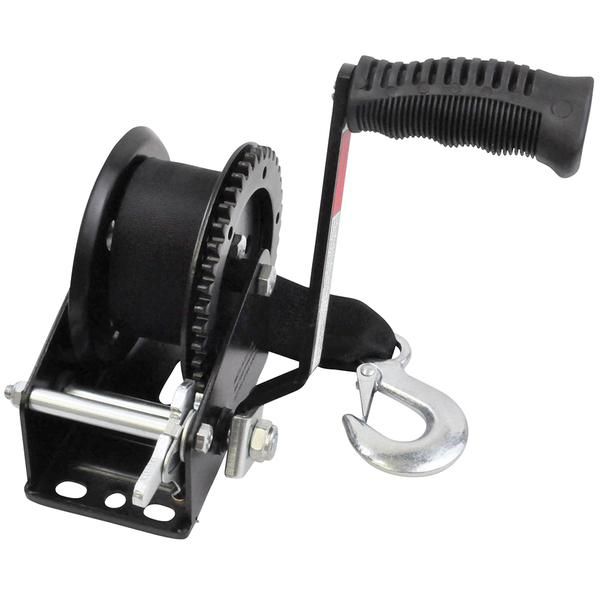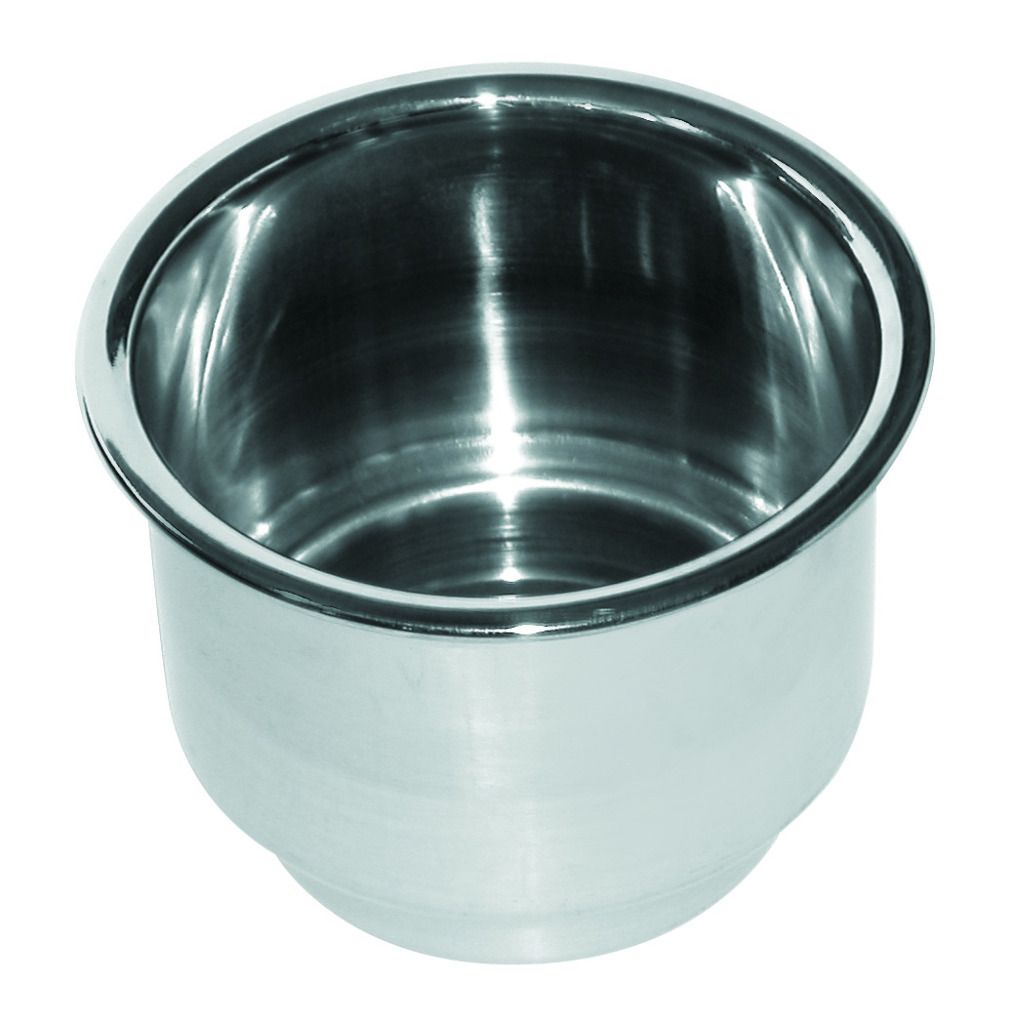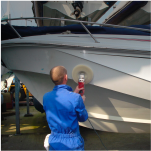drewmitch44
Lieutenant Commander
- Joined
- Jun 26, 2005
- Messages
- 1,749
When glassing how does it go again Mat, roving, mat, roving, mat. In that order??? Im about to get er done and im just curious what the recomended method is. Thanks a lot guys. I know its been talked about before but i couldnt find it with the search function.
mat-roving-mat-roving-mat?????
roving-mat-roving-mat???
Also i have cloth as well but i thought cloth was for finishing stuff like cosmetic kind of things. Thanks a lot guys!!!
mat-roving-mat-roving-mat?????
roving-mat-roving-mat???
Also i have cloth as well but i thought cloth was for finishing stuff like cosmetic kind of things. Thanks a lot guys!!!

